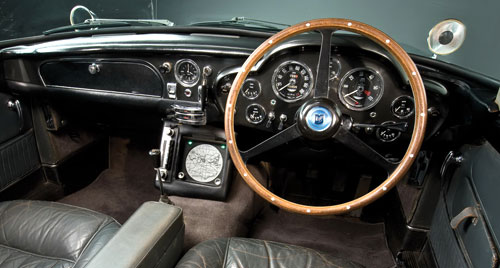Movie Stars: The McLaren P1
Editor’s note: Content advisory (language) in the clip above.
McLaren’s P1 hypercar is featured in the music video for The Weeknd’s new single, but it’s not the only piece of high-dollar machinery name-dropped by the Canadian R&B artist.
Overlaying the insistent beat, the singer seems to simultaneously flaunt and lament his fortune and what it’s turned him into. The video mirrors this concept, showing The Weeknd at first reveling in the tokens of his fame before systematically trashing them after the first chorus. The cars escape the carnage, and it’s a good thing, too, since the singer shows excellent automotive taste. He mentions his Lamborghini Aventador SV Roadster, Bentley Mulsanne and of course, the aforementioned P1 in the song, and gives us a glimpse of the first two before a lovely nighttime montage of the McLaren driving down Mulholland Drive with The Weeknd at the wheel. The nighttime setting gives the P1 an opportunity to display its quasi-alien lines and driving light arrangement to good effect, and nicely compliments the surreal tone of the video. Billboard reports the British carmaker was unaware the singer would include the car in his video, but was pleasantly surprised at the free publicity. All-in-all, it’s a worthwhile fusion of visuals and music, with some very heavy-hitting automotive iron thrown in.
Editor’s note: This post is part of an ongoing series discussing cars which featured prominently on film or television. Read the other installments here:
- McLaren P1 (The Weeknd’s “Starboy” music video)
- Ferrari 328 (Sleigh Bells’ “Infinity Guitars” music video)
- Maserati Biturbo 425i (Licence to Kill)
- The cars of Back to the Future Part II
- Aston Martin DB5 (James Bond franchise)
- Sunbeam Alpine Mark I (To Catch a Thief)
- Adams Probe 16 (A Clockwork Orange)













